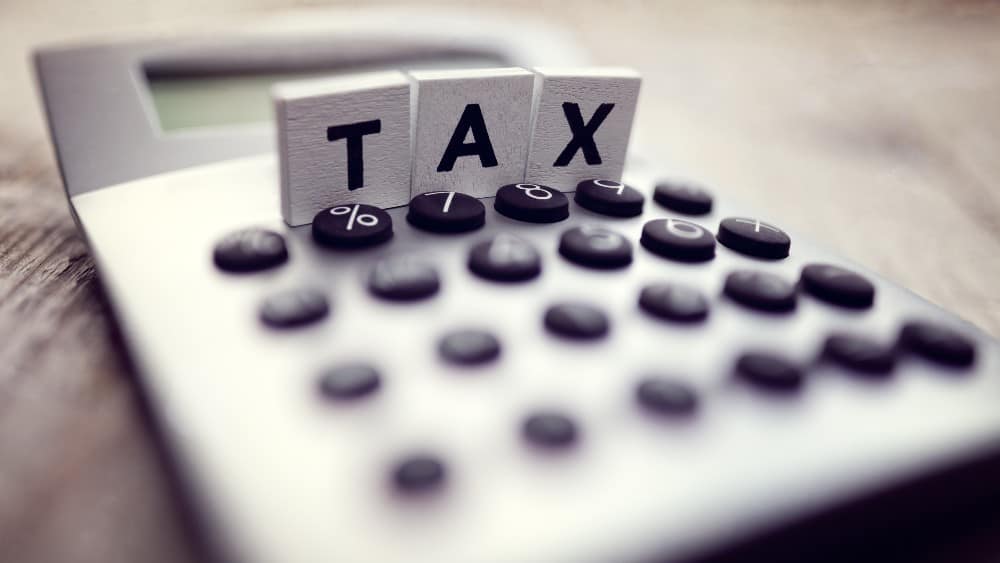The TFSA is one of the best investment tools that Canadians have. With the right assets in your TFSA, you can raise a small fund for a short-term financial goal like a new car or save/invest money for a down payment. And even if you are already filling up your RRSP to the limit, you might still want a part of your retirement savings growing in the TFSA.
Its tax-free nature might help you balance your tax bills when you are retired. You might lean heavily on the TFSA withdrawals to field a lighter tax bill. But as is the case with most other assets, the TFSA can become a financial liability when used wrong. And though nothing inside or coming out of your TFSA gets taxed (usually), there are certain exceptions.
Too much money
You might only see a select few people say that “too much money” is a problem. In the case of the TFSA, too much money actually is a problem. There is a contribution limit to your TFSA funds, typically $6,000 a year. If you contribute a higher amount to your TFSA, it will get taxed 1% every month until it’s absorbed by the next month’s contribution limit. If you withdraw funds from your TFSA, you can increase your TFSA limit for the next year.
Investing “frequency”
The TFSA is for “investing” and not “trading.” The difference, especially in the case of a TFSA, is hard to pin down. The problem comes with the CRA’s definition of using the TFSA for “business activities.” If you are actively trading using your TFSA (i.e., buying and selling stocks too frequently and benefiting from short-term gains), it might be considered active trading — a business — and your TFSA income would be taxed as such.
That doesn’t mean you can’t buy and sell assets in your TFSA beyond certain times a year. If you manage your portfolio yourself, make sure your active investment activities cannot be interpreted as a business or day trading.
The right investment
Even $6,000 in the right stock can grow magnificently. One right stock can be Metro (TSX:MRU). Despite a steady growth rate and being a dividend aristocrat, the company is not as overpriced as it could be. And as the 2020 market crash has proven, Metro’s reliance on food and drugs has made it very resilient against market downturns.
It has been an aristocrat for 25 years — long enough to make it an aristocrat in the U.S. as well. The best part about this stock is the consistency of its growth, which makes it an excellent long-term holding. If we consider the 10-year CAGR of 16.6%, the company can grow your $6,000 into about $129,000 in two decades. If you just need to withdraw $1,500 a month when you are retired to augment your CPP and OAS pension, this can last you more than seven years.
Foolish takeaway
The TFSA, along with an RRSP, can help you with a very comfortable retirement, even if you stay within their contribution limits. Therefore, there is no reason to jeopardize your TFSA funds by going over the contribution limit because you saw an fantastic investment opportunity. Your penalties might eat into your additional profits, and nobody wants that.










